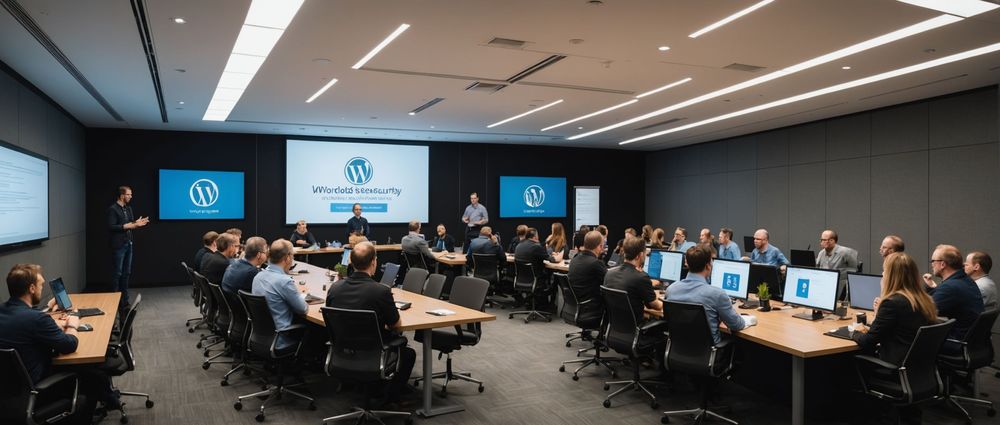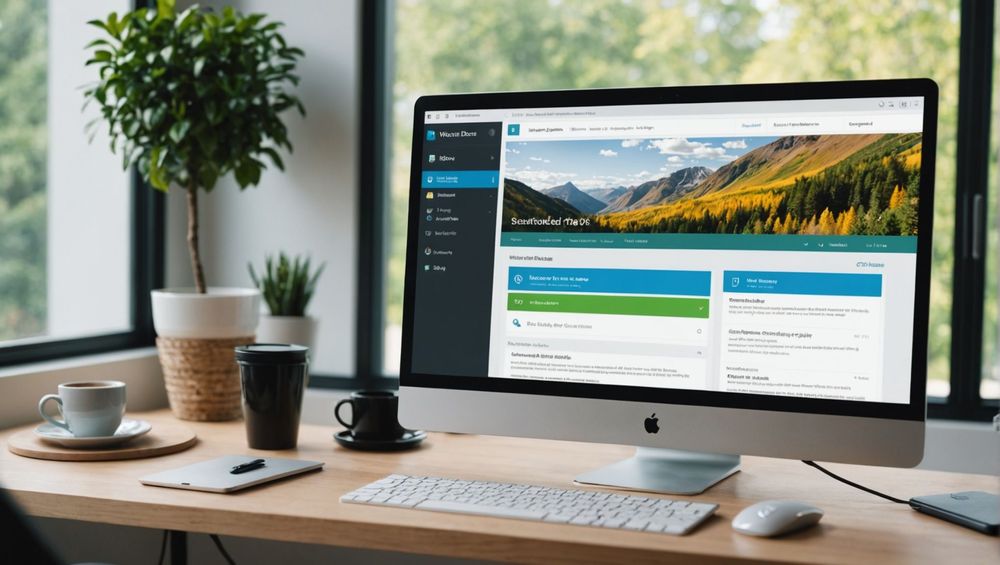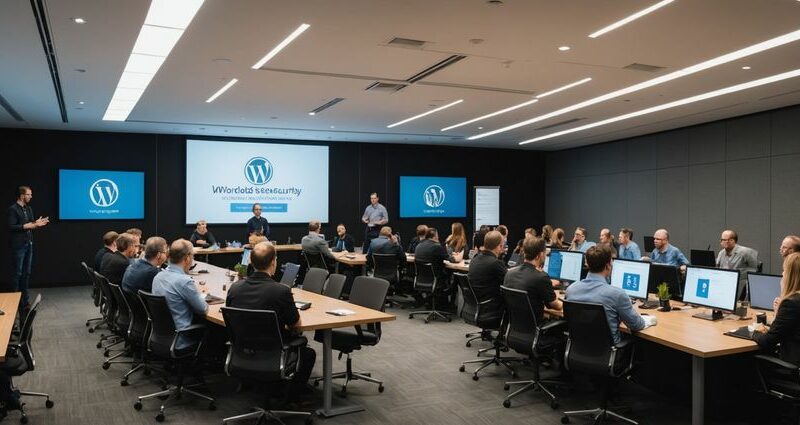WordPress Security Issues & Vulnerabilities You Should Know About
WordPress, the most popular content management system (CMS) in the world, is not immune to security issues. Recent research from WordCamp Europe (WCEU) 2024 has unveiled several vulnerabilities that every site owner should be aware of. These security flaws can pose serious risks if not addressed promptly. This article aims to shed light on these vulnerabilities and provide actionable steps to fortify your WordPress site.
Why WordPress Security Matters

Given its popularity, WordPress is a prime target for hackers. The platform powers over 40% of all websites, making it an attractive target for malicious actors. Ensuring the security of your WordPress site is crucial for protecting sensitive data, maintaining the integrity of your site, and safeguarding the trust of your users.
Security breaches can lead to data theft, loss of user information, and significant downtime, which can harm your site’s reputation and trustworthiness. Moreover, frequent attacks often exploit known vulnerabilities, emphasizing the need for consistent updates and vigilant monitoring.
If you run an e-commerce site or collect any form of personal data, the stakes are even higher. Financial transactions and customer details are lucrative targets for cybercriminals, putting both your business and your customers at risk.
Common WordPress Vulnerabilities

According to the latest research from WCEU 2024, several vulnerabilities continue to plague WordPress sites. Understanding these common security flaws is the first step toward mitigating risks.
1.
Outdated Plugins and Themes:
One of the most typical sources of vulnerabilities. Hackers often exploit outdated plugins and themes to gain unauthorized access.
2.
Weak Passwords:
Simple and commonly used passwords make it easier for cybercriminals to launch brute force attacks.
3.
Default Usernames:
Using ‘admin’ as the default username can provide an easy entry point for hackers.
4.
Unpatched Core Software:
Failures to update WordPress core files can leave your site susceptible to known threats.
Mitigating these vulnerabilities is essential for maintaining a robust security posture.
Steps to Secure Your WordPress Site

Securing your WordPress site involves a combination of best practices and technical measures. Here are some actionable steps to enhance security:
Regular Updates:
Ensure your WordPress core, themes, and plugins are always updated to their latest versions.
Strong Password Policies:
Implement and enforce the use of complex passwords.
Two-Factor Authentication (2FA):
Adding a layer of security by requiring an additional form of verification.
Change Default Username:
Use unique usernames instead of the default ‘admin.’
Backup Regularly:
Regular backups can help you recover your website in case of an attack.
Implementing these measures will significantly enhance your site’s security and protect it from various threats.
Emerging Threats in 2024
The digital threat landscape is continuously evolving, necessitating a proactive approach to security. New research has identified some emerging threats for 2024 that WordPress users need to be aware of.
Firstly,
sophisticated malware attacks
are on the rise. These attacks often involve malicious scripts injected through vulnerable plugins or themes. Secondly,
phishing campaigns
targeting administrators have become more sophisticated, aiming to steal credentials and gain control of the site.
Another emerging threat is
automated bot attacks
that exploit weak points in the WordPress ecosystem. These bots perform rapid scans to identify and exploit vulnerabilities, compromising site security swiftly and efficiently.
Staying updated with these emerging trends is critical for preemptive action and advanced protection.
Tips for Continuous Monitoring
Continuous monitoring of your WordPress site is essential for early detection of potential security breaches. Here are some tips:
Security Plugins:
Use reputable security plugins like Wordfence or Sucuri to monitor and protect your site.
Activity Logs:
Keep track of user activity to identify suspicious behavior.
Regular Security Audits:
Conduct periodic audits to assess and address vulnerabilities.
Automated Scans:
Schedule automated scans for malware and security issues.
Update Notifications:
Enable notifications for updates and potential security threats.
Implementing these practices will help maintain a secure site environment.
Conclusion
Securing your WordPress site is an ongoing process that requires vigilance and proactive measures. The insights from WCEU 2024 underscore the importance of staying ahead of security threats. By understanding common vulnerabilities, implementing best practices, and staying informed about emerging threats, you can significantly enhance the security of your WordPress site. Remember, a secure site not only protects your data but also maintains the trust and confidence of your users.
FAQ
1. How often should I update my WordPress site?
Answer:
It’s recommended to update your WordPress core, plugins, and themes as soon as new versions are available to mitigate security risks.
2. What is two-factor authentication, and should I use it?
Answer:
Two-factor authentication adds an extra layer of security by requiring a second form of verification, such as a code sent to your phone. It’s highly recommended for enhanced security.
3. Can security plugins alone protect my site?
Answer:
While security plugins provide important protection, they should be used in conjunction with other best practices such as strong passwords, regular updates, and backups.
4. How can I tell if my WordPress site has been hacked?
Answer:
Signs of a hacked site include unusual activity in your logs, unexpected changes to your site’s content, and alerts from your security plugin. Regular monitoring can help detect issues early.
5. What is the most common source of WordPress vulnerabilities?
Answer:
Outdated plugins and themes are among the most common sources of vulnerabilities. Ensuring that all components of your site are up to date is crucial for security.
